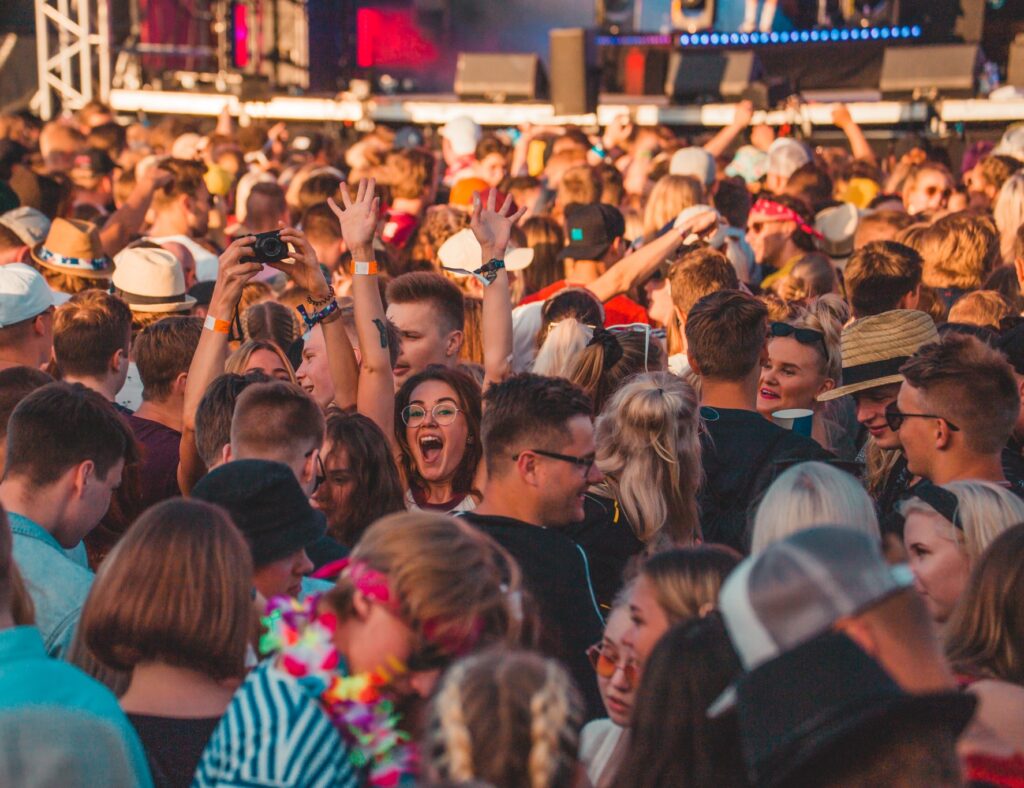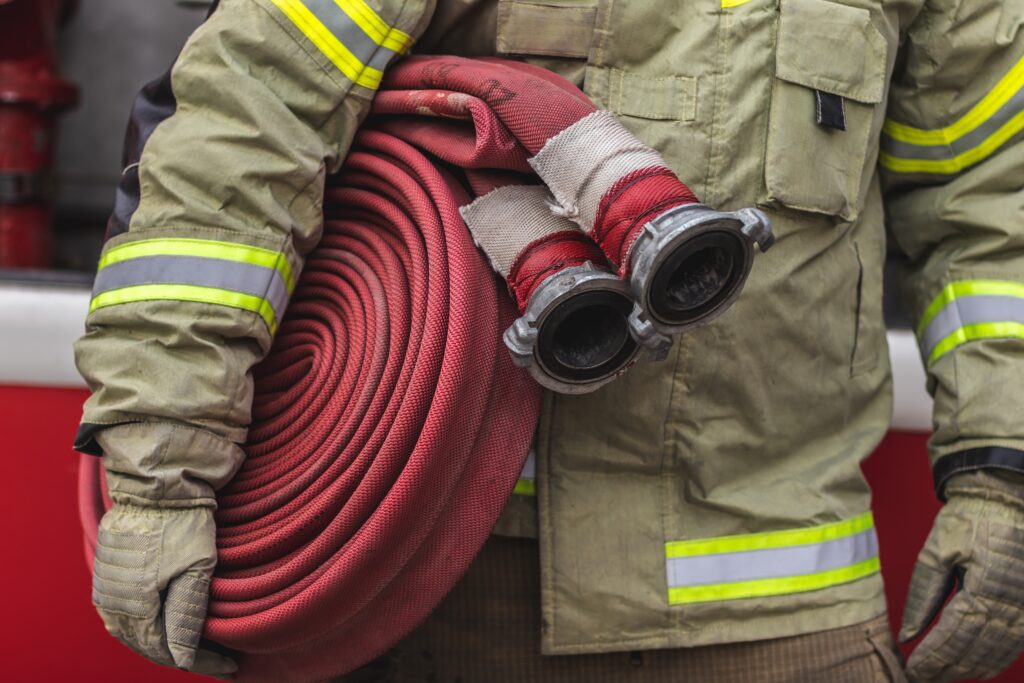Rescue and Safety Plan

A Checklist for a Safe Event
The event organiser submits an event safety plan to the police and an event rescue plan to the rescue services. The plans can be combined into a single package, provided that the requirements of both authorities are considered.
From the organiser’s point of view, the event rescue and safety plans are drawn up for the people working at the event. It is not made for or by the authorities. It is a good idea to draw up a plan even if it does not have to be submitted to the authorities. The starting point for the rescue and safety plan is to consider how to organise the event safely and how to prevent and prepare for potential hazards and accidents.
The plan will include at least the following.
- Description of the event
- Information on the event organiser, venue and area
- Hazard and risk identification and assessment
- Risk management plan, description of rescue and first aid preparedness
- Instructions for preventing and dealing with accidents and incidents
- Crisis communication plan
- Public order and security plan
Description of the Event
- Name, date and schedule, nature and target group of the event, estimated number of spectators with explanations for the estimation, any special features of the event
Information on the Event Organiser
- Contact details of the persons responsible for the event (organiser, safety and traffic control officer and any other responsible persons and description of the event organisation)
Information About the Venue or Area
- A map of the area, showing as accurately as possible the location of the various features of the event and its structures (stages and grandstands, boundaries of the event area and access routes to the area, loading and service routes, possible parking, streets to be closed, catering areas, places where any additional programme is to be performed, the location of the info and ticket sales, location of signposts, lost and found, waste bins and toilets).
- Any special features of the venue (e.g. remote location, waterfront, poor road access)
- Information on, for example, the possible use of liquefied petroleum gas or other chemicals or open flames, the use of pyrotechnics or effects, fireworks, fire shows and temporary accommodation.
- Traffic management and traffic control plan (map of temporary traffic arrangements, list of traffic controllers, locations of traffic controllers, expected number of vehicles, parking arrangements, agreements with public transport operators and taxi drivers if the event will affect the above, pick-up points for the authorities)
Identification and Assessment of the Hazards and Risks of the Event
- Through their likelihood and, if they occur, their consequences (anticipating the risks of the event, seeking to eliminate them and planning for crisis situations)
- From the perspective of the public, staff and infrastructure safety
- Before, during and after the event.
Risk Management Plan, Description of Rescue and First Aid Preparedness
- Description of measures and contingency arrangements to prevent the occurrence of hazards and risks
- Map of the area (including escape routes and evacuation arrangements, number and location of fire-fighting equipment, public guidance and signage, evacuation arrangements)
- First aid plan and location of first aid station
The organiser of the event must be prepared to provide first aid. The level of first aid preparedness depends on the nature of the event and the number of visitors. Small and low-risk events do not require a separate first aid team, but even then, the event area must be equipped with first aid equipment.
Instructions for Preventing Accidents and Dealing With Accidents and Incidents
- Operational instructions for event staff and the public
- Description of the briefing of the event staff on the operational instructions and the rescue and safety plan
Crisis Communication Plan
- Crises for which communication must be prepared, such as security threat, illness/fatality, sudden change of time or place of the event, cancellation of a performance or programme, cancellation of the whole event, financial loss
- Responsible persons for communication
- Communication policies and guidelines
Public Order and Security Plan
- Number of security guards, their tasks and instructions in different situations
- General arrangements (prohibited objects and substances and how to remove them)
Security at the event is provided by security guards, and the event must, as a general rule, have at least one security guard per 100 visitors to the event. The police will determine the minimum number on a case-by-case basis and may, if necessary, require the event organiser to increase the number of security guards.
In addition to maintaining security at an event, the role of the security guards is to monitor the number of visitors to the event so that the maximum number of people allowed in the space or area is not exceeded. The police will only approve security guards who have completed security training.
Write Clearly and Remember to Instruct the Whole Event Organisation
The rescue and safety plan should be available to event staff before the event and should be easily accessible during the event. The event organiser is responsible for ensuring that the plan is explained and distributed to the entire event organisation.
The clarity and readability of the plan and the operational instructions it contains is important. It will help all event staff to understand the risks and to act preventively and correctly in the event of an accident or incident.
There is no single template for an event emergency and safety plan that should be followed. Good guidelines and templates for drawing up an event rescue plan and first aid plan, for example, can be found on the website of the Partnership Network of Finnish Rescue Services.

Partnership Network of Finnish Rescue Services (in Finnish)
The partnership network consists of all Finnish rescue departments. Strong cooperation improves the quality of rescue work and the service provided to citizens.